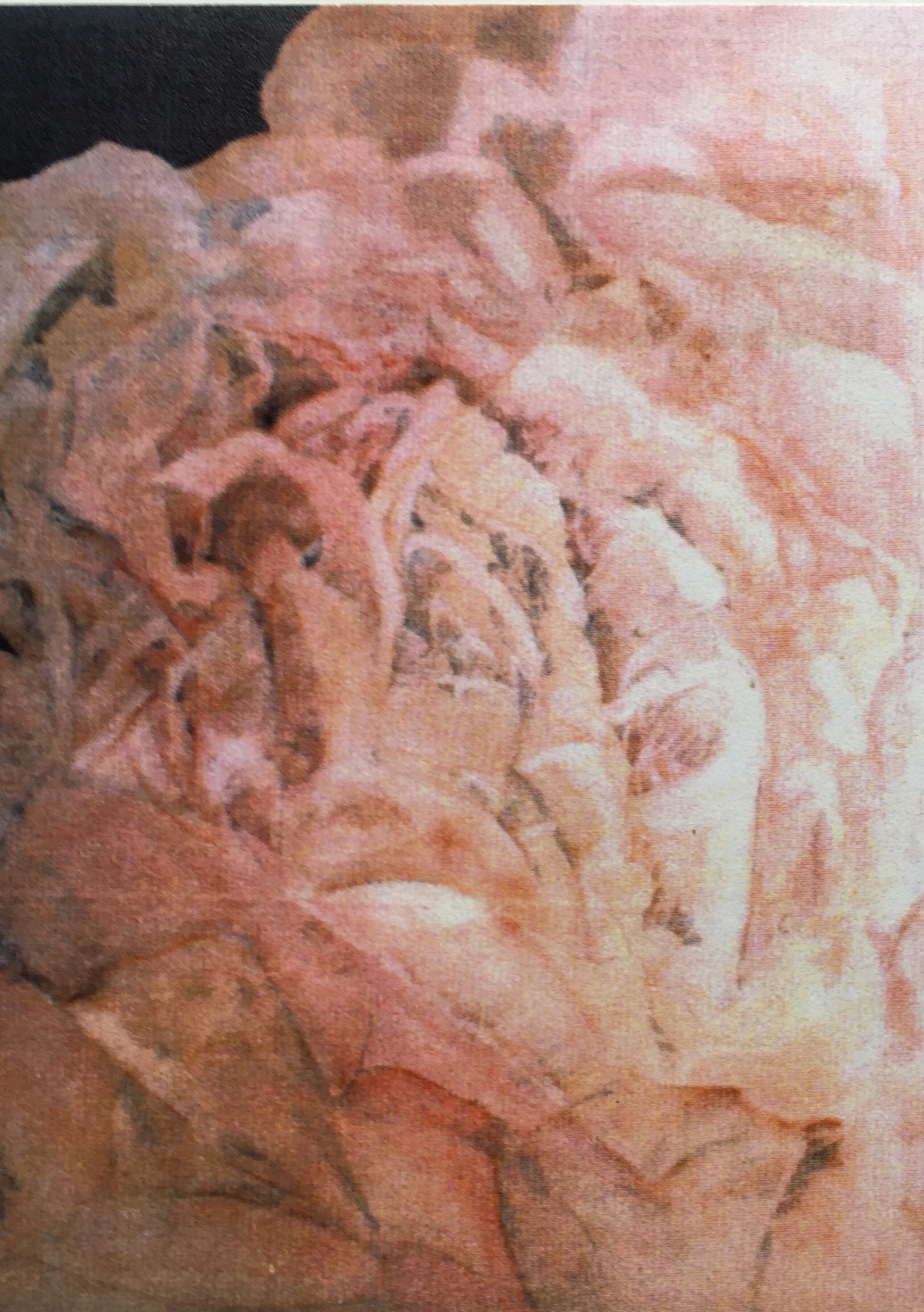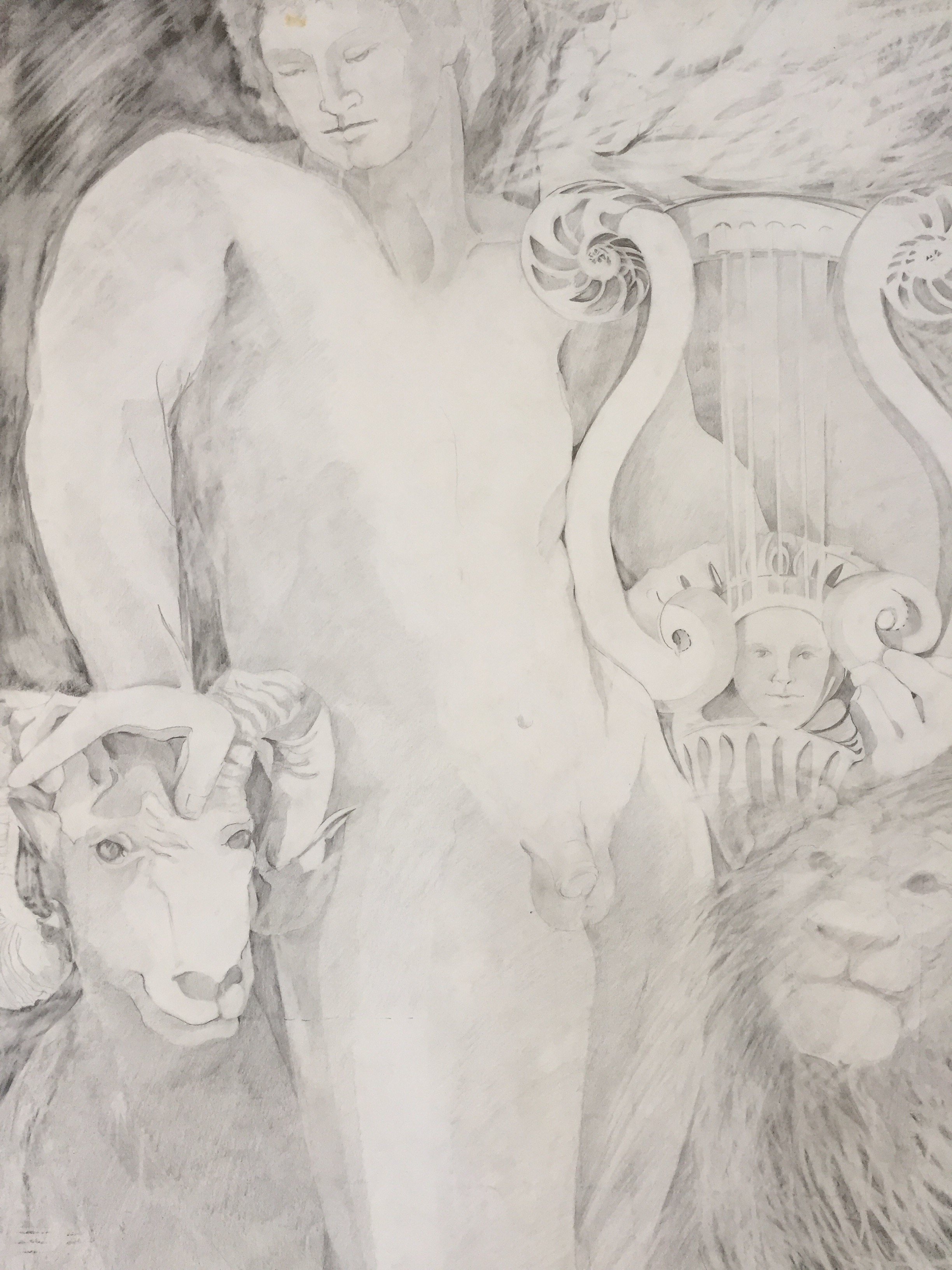|
Orpheus, a synthesis of Apollo and Dionysus, stands at the threshold between Being and Non-being. Rilke’s first sonnet poses the question, how are we to follow through the narrow space between opposites where two heart roads cross?
He suggests the elements needed are “silence, listening, and orphic space” . . . the silence must be accompanied by “attentive listening for the evocative language of the deep feminine.” (Hillman)
Rilke sets a three-step working method. The first he calls face-work. Here the goal is visual mastery. The poet or painter, like the sumi watercolorist, must search for the li of a thing, the deepest metaphysical ground of its being. But a second step is necessary. Rilke calls it heart-work.There is an inwardness required that is “effusive and illusive.” This music can only be drawn into the heart for “we cannot inhabit it, it can only inhabit us.” (1:5) The two great instruments for developing the needed sensitivity are the eye and the ear. Each must be trained by devoted discipline to detect subtle nuances: the change of timbre in sound, of tone in color for this subtle change communicates a form’s inner tension.
|





